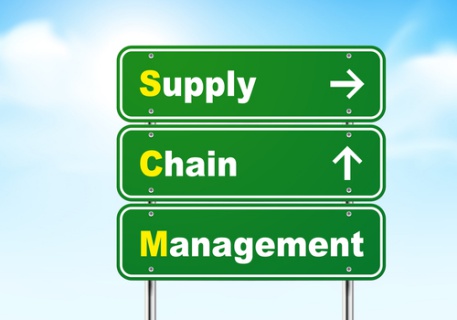Supply Chain 2.0: Collaborative, Responsive, and Tech-driven

Suppliers looking to win in today’s increasingly complex and competitive business environment must embrace technology, according to a new white paper from IDC Manufacturing Insights. Those that do reap concrete benefits, from reduced customer order delivery time and days of sales outstanding to improved cash-to-cash cycle and inventory turnover.
Information exchange is essential to the next-generation supply chain. Continuous, collaborative communication between buyers and suppliers allows for a dynamic supply chain that can respond to shifting demands and market conditions. Today’s manufactures have more access to technology designed to make the process of information exchange simple. Yet, many companies surveyed by IDC are still using non-electronic methods, and less than half report regularly using electronic formats to exchange information with the majority of their trading partners. Sticking to old-school methods is time-consuming and pricy. Research from the National Institute of Standards and Technology shows manually managing data costs businesses up to 10 percent of market revenue. Mature and developed markets, such as the U.S. and U.K. are the most likely to trade information electronically, while emerging markets including China and Brazil have the lowest levels of electronic trading. These figures may soon change. Governmental mandates in Brazil, and several other countries across Latin America now require e-invoicing for all B2B and B2G interactions.
Intelligent Value Chain
Data will rule the next-generation supply chain. This shift is enabled by new technologies supporting data collection like the Internet of Things, smartphones, smart sensors and RFID. The cloud powers supply chain 2.0 by supporting an ever- changing business environment. The cloud also reduces the cost of accessing enterprise-level software. Widening the availability of real-time data, workflow, and alerting capabilities, rapid onboarding of third-party manufacturers, new suppliers, and channel partners, as well as quicker integration with new and existing applications.
Transforming the volumes of incoming information into actionable data is what distinguishes what the white paper terms the “value chain,” from the current supply chain. Emerging technologies including the cloud, Big Data and IoT help businesses to better gather, share and analyze the scores of incoming information. Based in real-time information, value chains improve visibility and risk management.
Beyond Compliance
Pressure from the outside has been the main motivator of technological implementation. According to the report, the majority of business investment in B2B technology has been in response to external factors. Regardless of industry, more than half of respondents cited pressure and/or mandates from competitors, suppliers and customers as the impetus of investing in B2B technologies—a reactive short-term approach. Winners in the next-generation supply chain will see technology as an active growth partner, helping them to tackle new business opportunities and ensure customer loyalty, Lorenzo Veronesi, the paper’s author notes. Instead of reacting to external demands, leaders of supply chain 2.0 are motivated from within their organizations to use technology to create new business opportunities.
Early adopters of these new technologies are nearly 20 percent more likely to be an industry leader than average adopters. Slow or late adoption is also linked to the strength of infrastructure. This situation is expected to change as investments in infrastructure from governments worldwide create new opportunities in the market. The report points to the rollout of new 5G mobile networks in South Korea, positioning the country as potentially one of the most promising emerging B2B markets. Better access to the Web will drive increased levels of electronic transactions between businesses.
Outside of the importance of embracing technology, the report also highlights the importance of customer experience. As consumers face more options when choosing suppliers, positive relationships go a long way to ensure customer loyalty.
